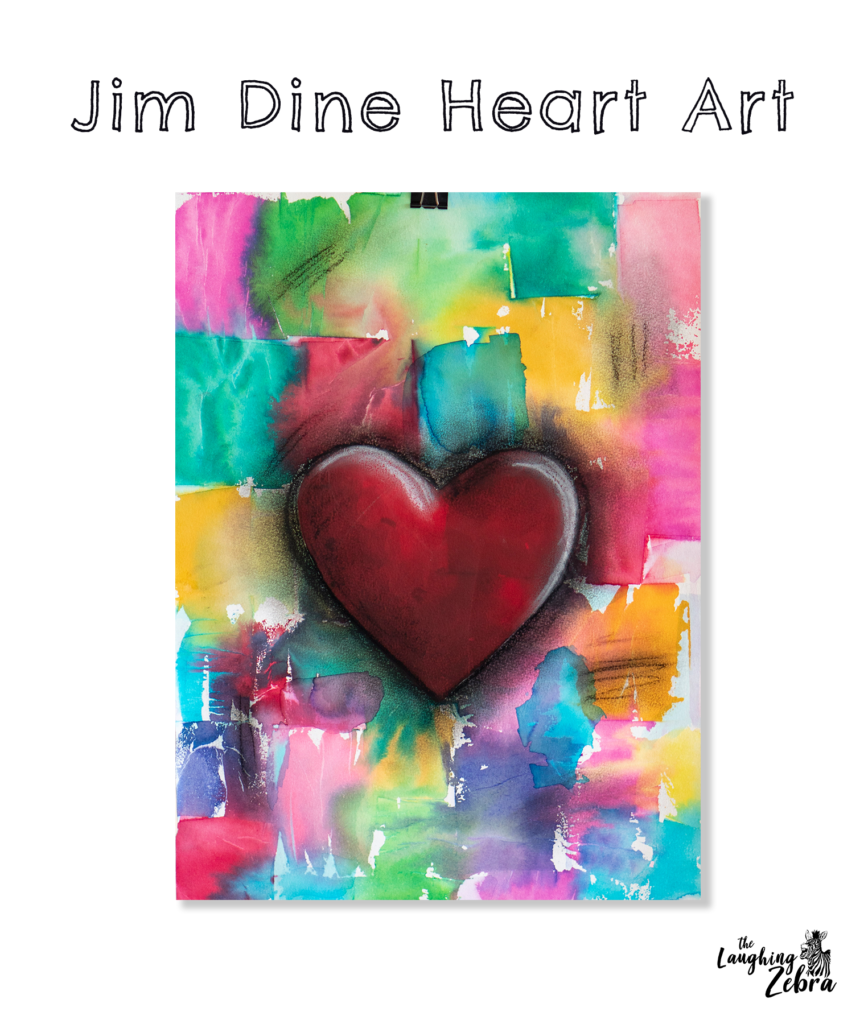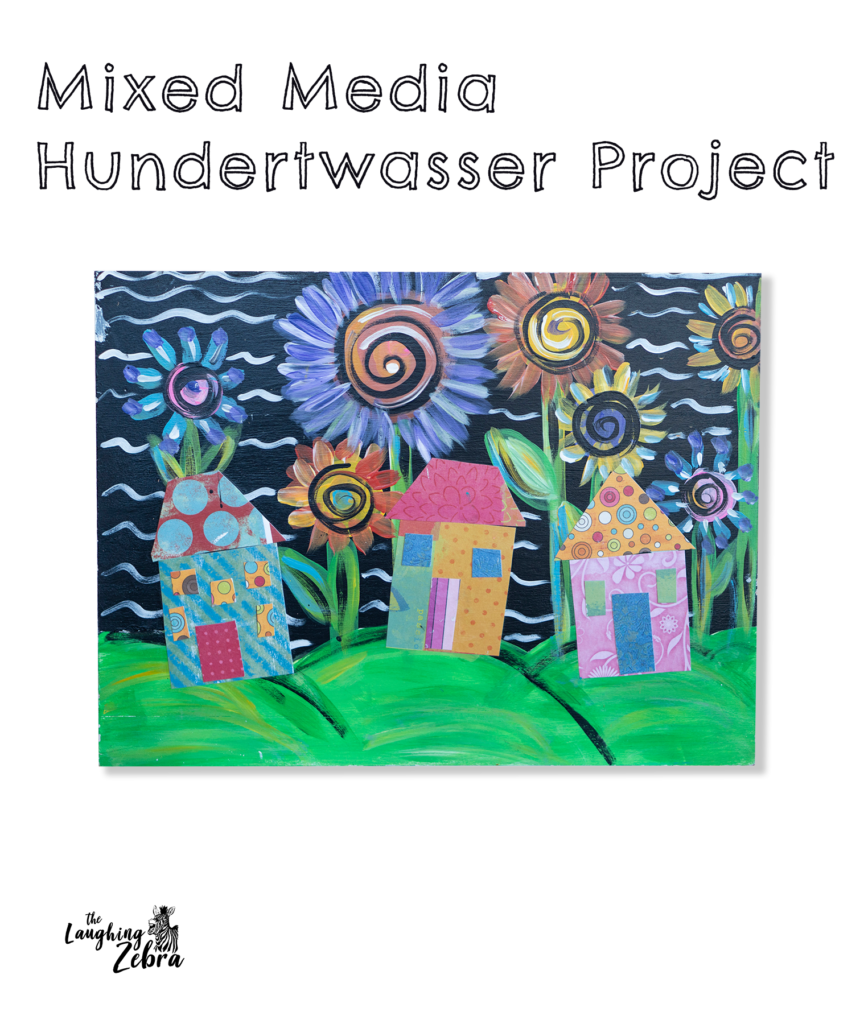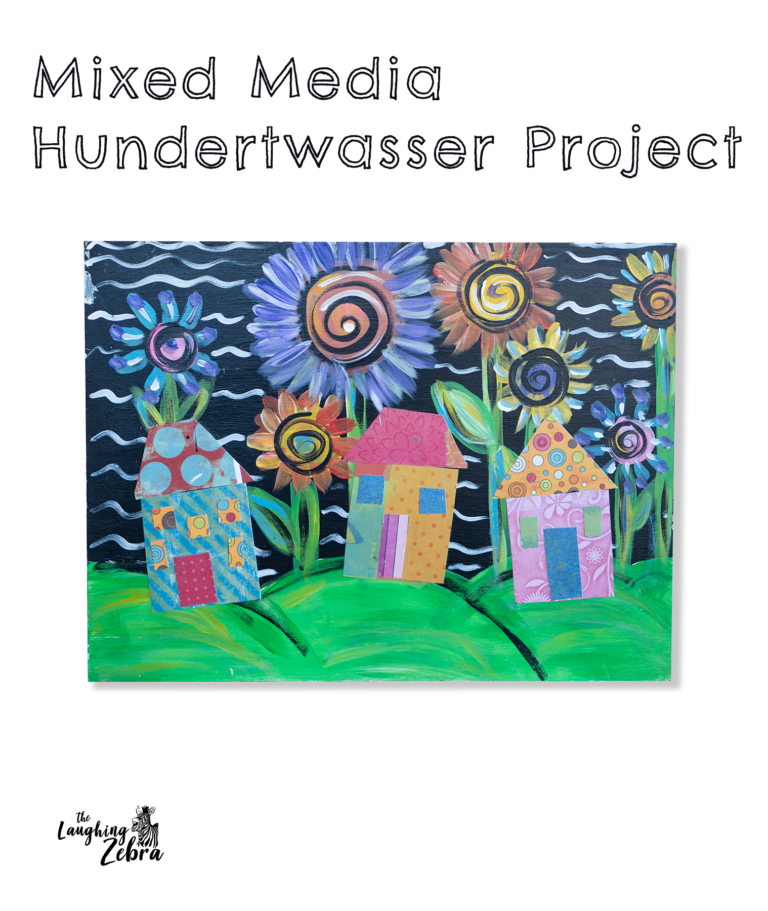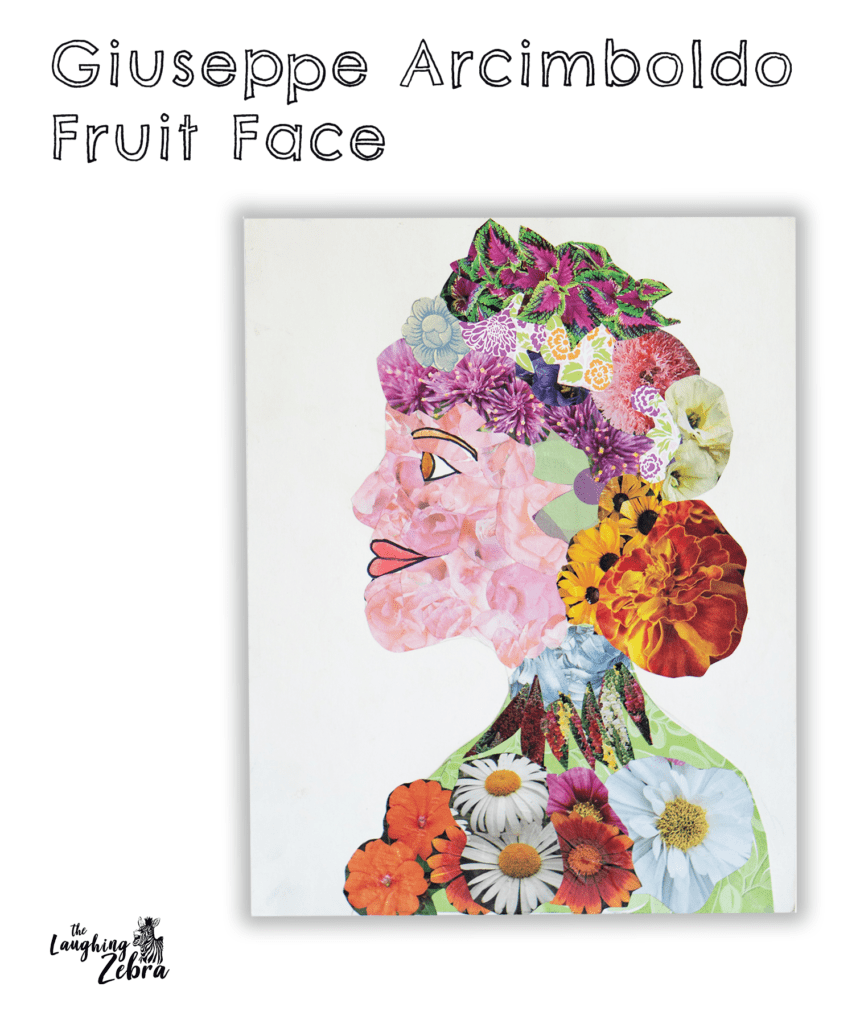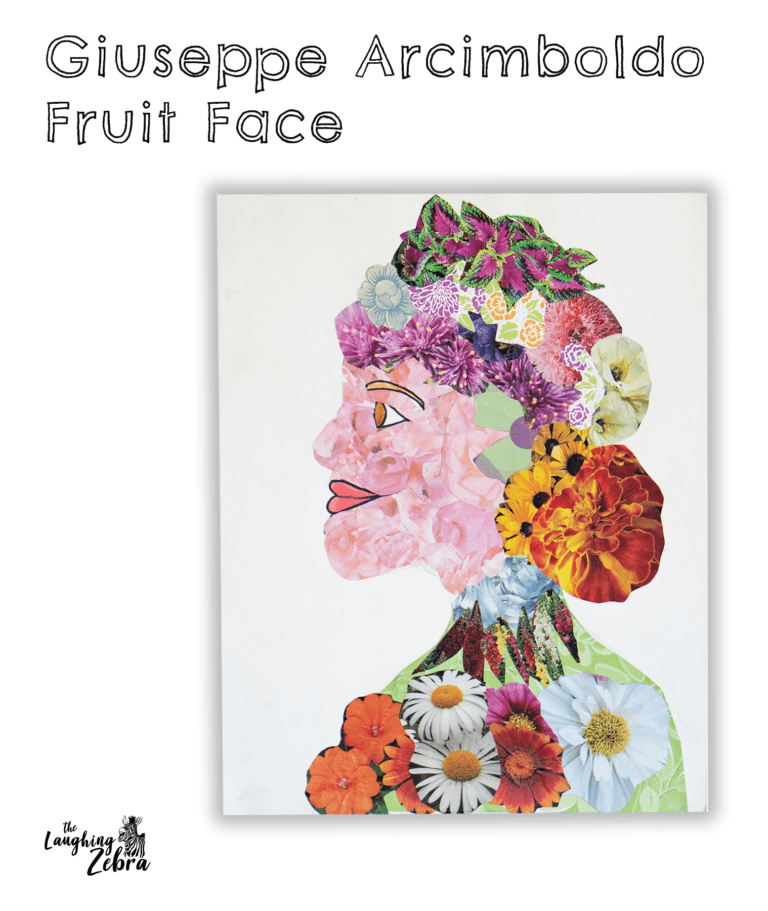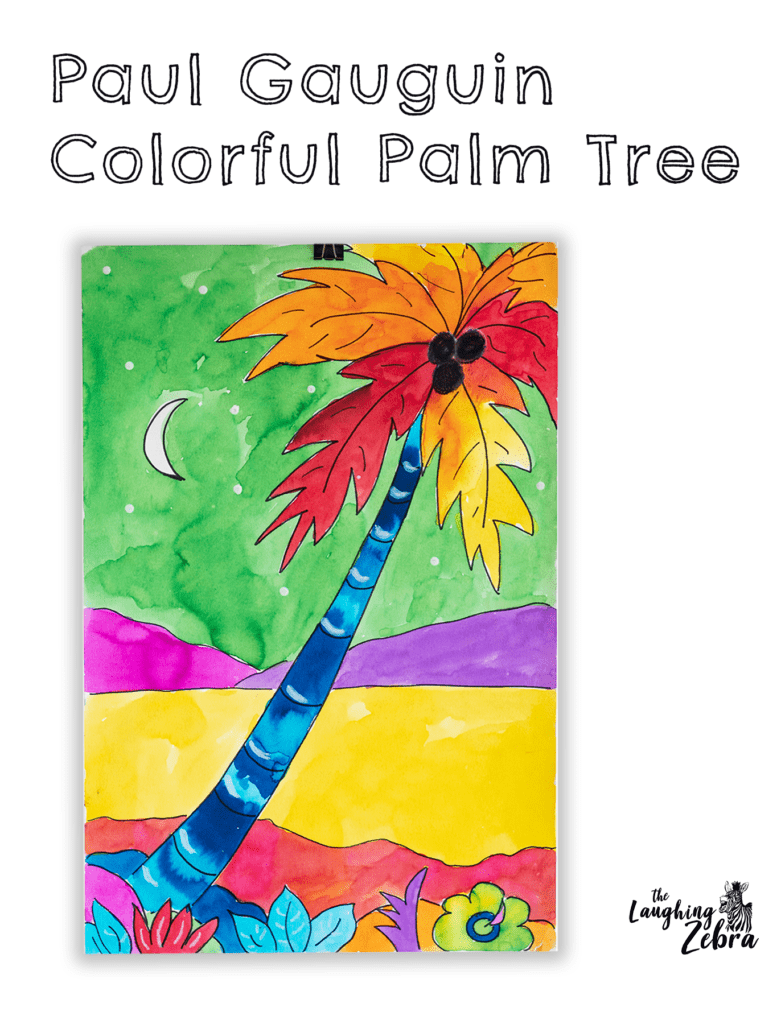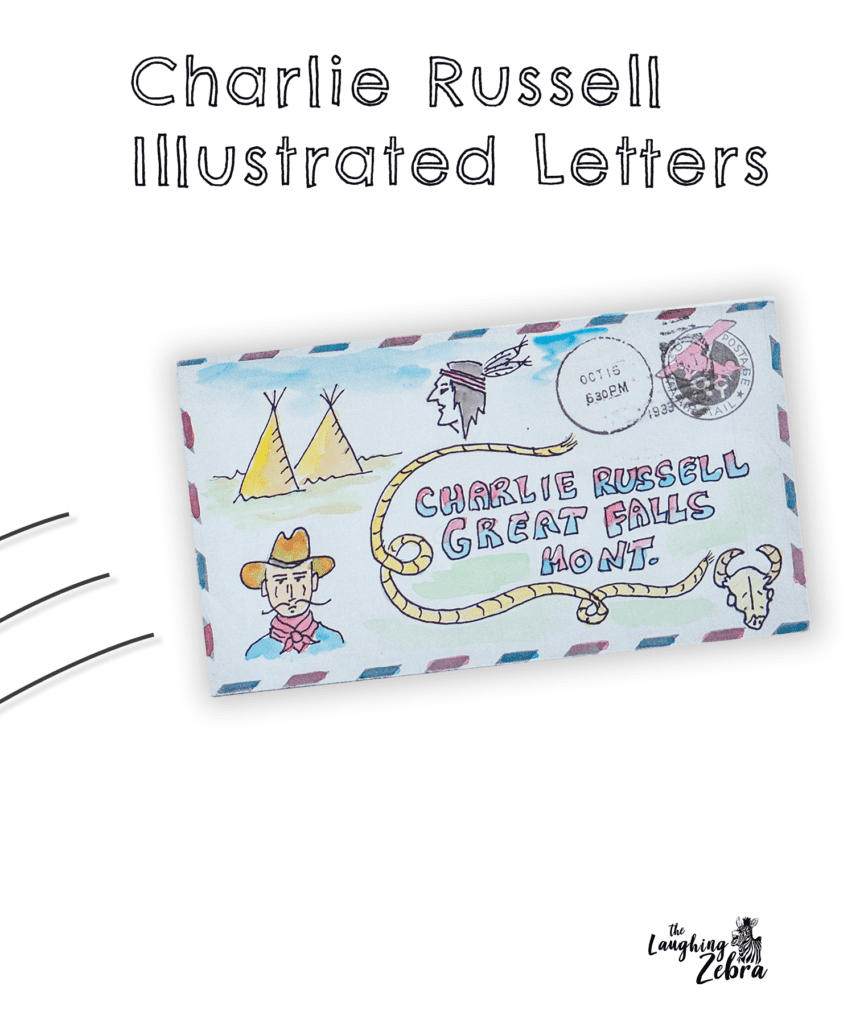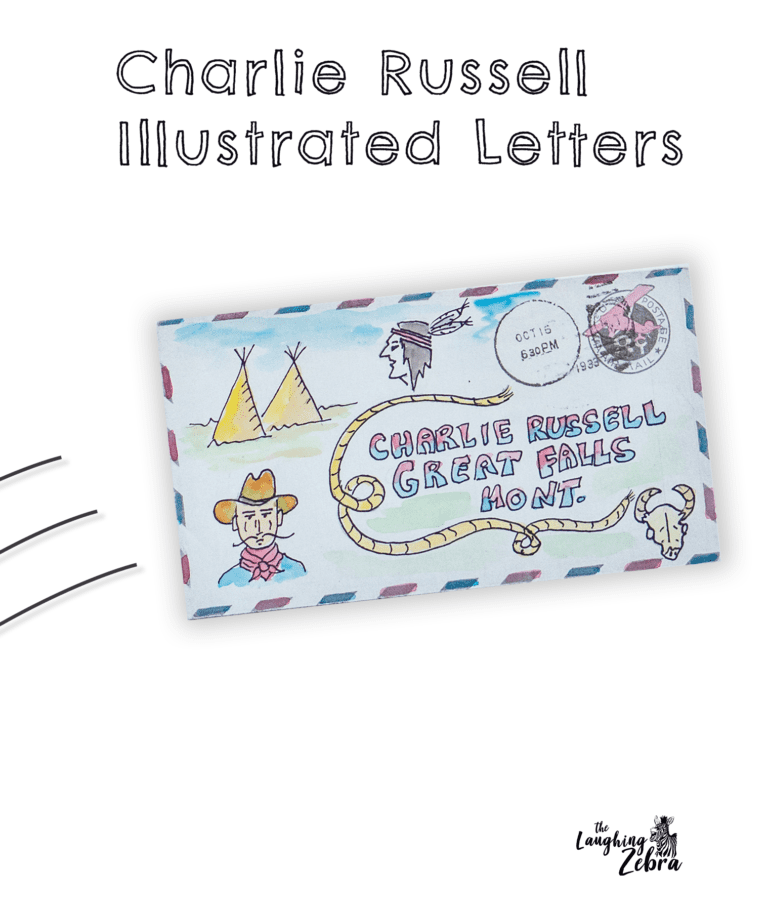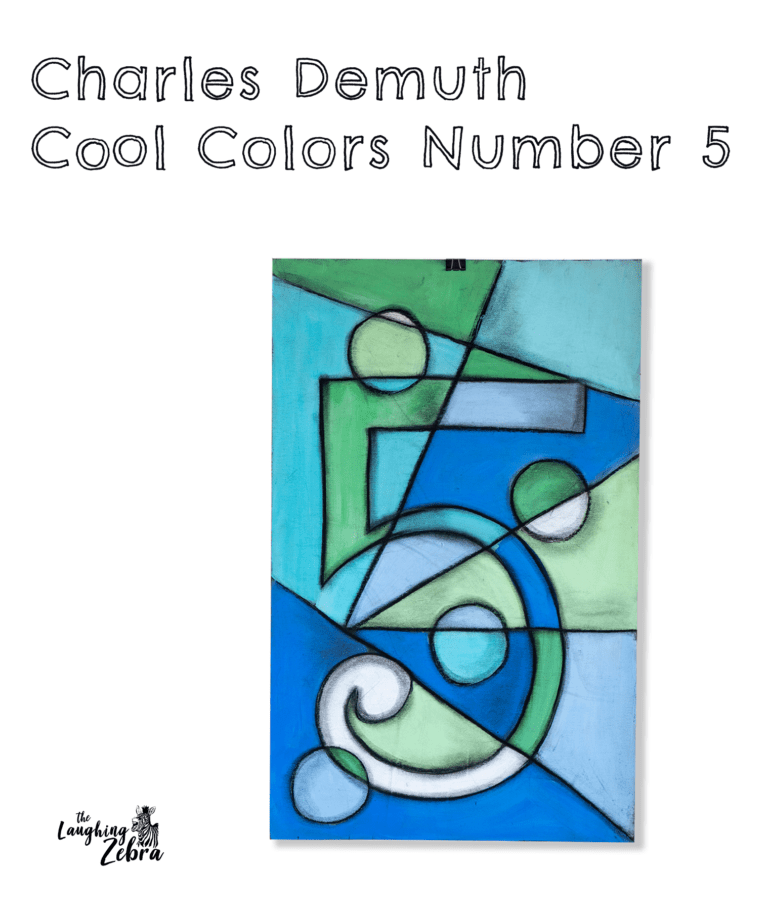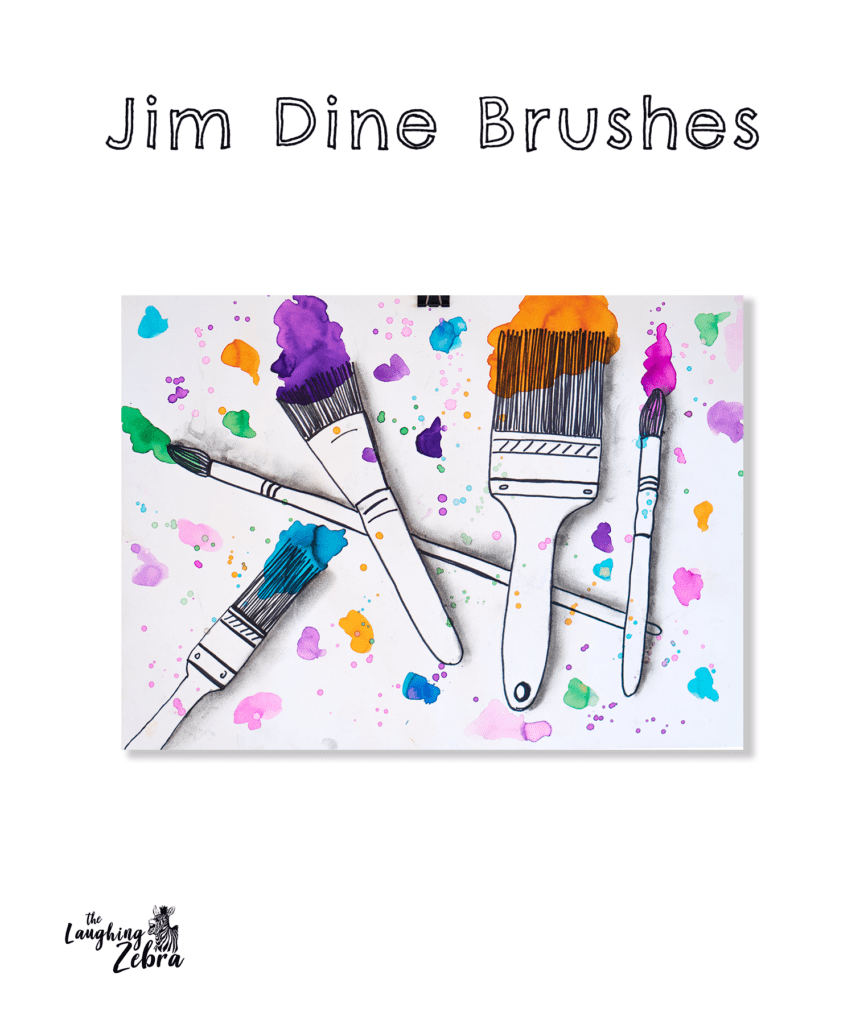Jim Dine Heart Art
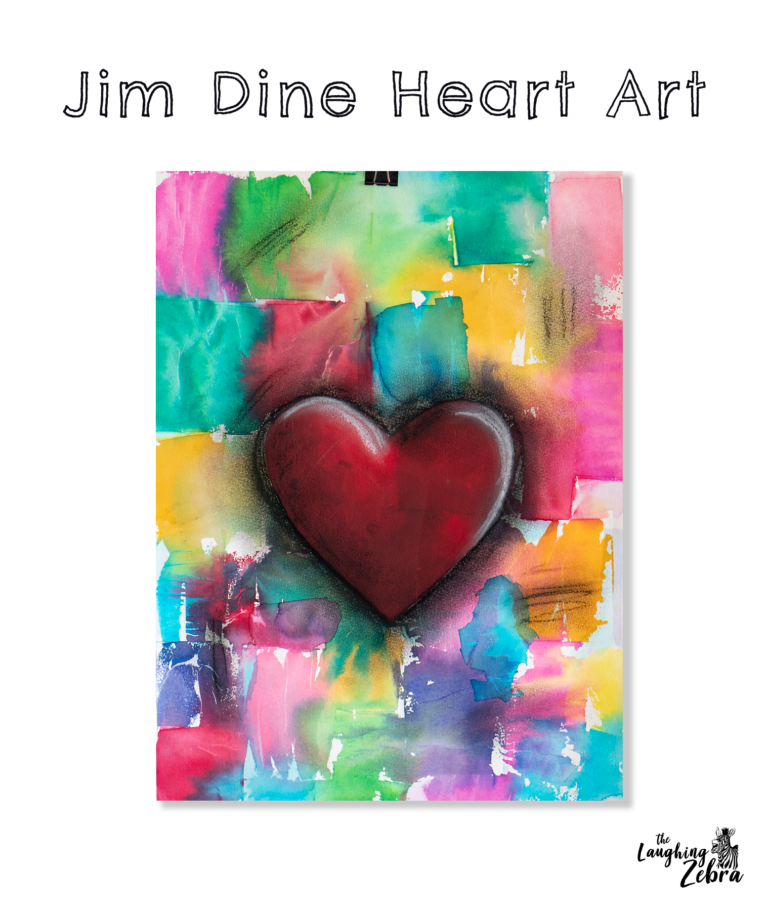
I love this print of Jim Dine’s titled The Handkerchief. I have done several Jim Dine projects over the years, but have never come across this particular print. I decided to experiment with some different art materials to see if I could create a lesson with a similar look and feel.
I have tried this with a preschool class and with K-6th grade students at one of the schools I teach at with great success!
*See my step by step instructions, supply list, and more photos in my upcoming book (click here for more information).
Please refer people back to this site if you use this lesson! 🙂
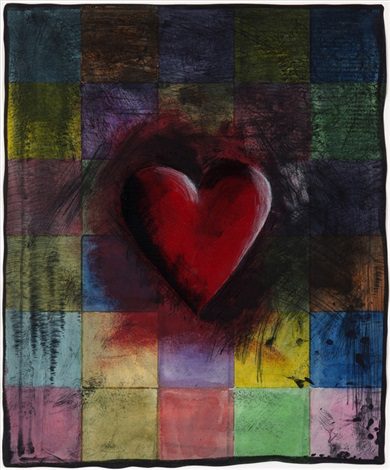
Jim Dine Heart Art Read More »
